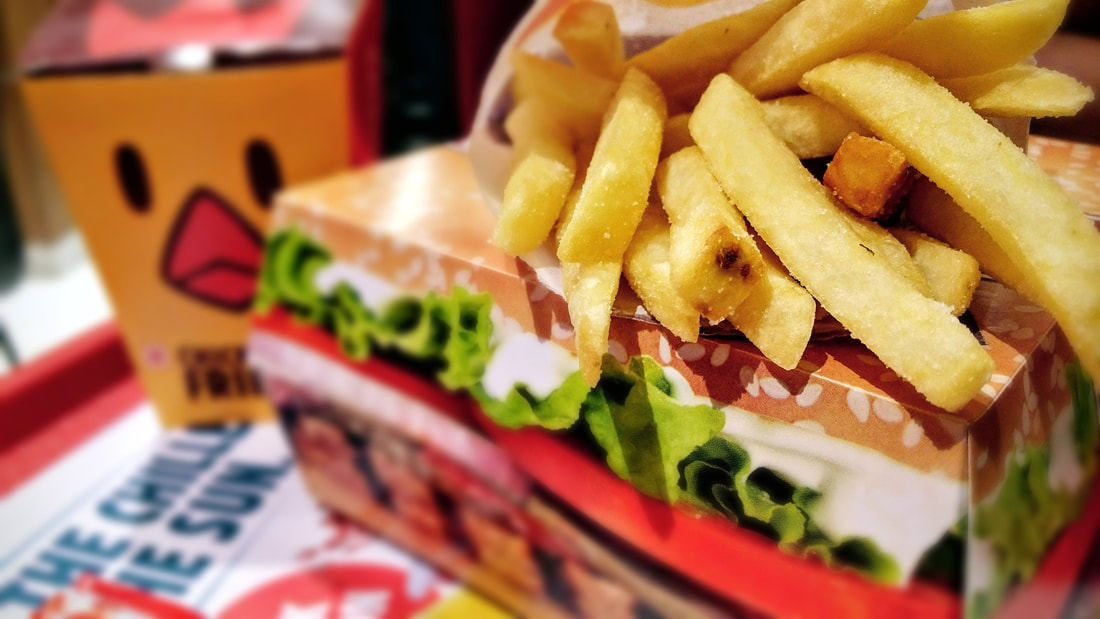|
Chicago -- With the U.S. being the exception, foodservice markets across the world realized various degrees of visit growth in the quarter ending June this year, reports The NPD Group, a leading global information company. European markets continued their solid, if unspectacular, recovery; and Brazil and Russia, both mired in recession in recent years, came back. Korea posted a very solid traffic gain.
Also read, Affordability Is Helping Fast-food Chains Close The Gap On Fast-casual Competitors. Total visits to U.S. restaurants and foodservice outlets declined by 1 percent or a loss of 94.5 million visits in the quarter compared to year ago, according to NPD Group’s CREST, which continually tracks consumer use of foodservice outlets in Australia, Brazil, Canada, China, France, Germany, Great Britain, Italy, Japan, Korea, Russia, Spain, and the United States. Nearly all the global foodservice traffic growth came from the quick service restaurant (QSR) segment. Consumers responded positively to the advantageous pricing, aggressive unit expansio n, and advertising of QSR chains and outlets. The growing interest in foodservice delivery services, mobile ordering, and payment around the world was also a driver of foodservice growth in the quarter. In every market NPD tracks, virtually all the growth in the past couple of years has come from mobile or internet services. Visits at the morning meal are growing broadly, but it is still a relatively small daypart in terms of traffic share in most global markets and can’t drive overall growth like other meals can. Lunch traffic did increase in Brazil, China, Russia, and Spain but declined in all other countries. Visits at dinner were flat to up in most countries, with the exception of Australia, Canada, and the U.S. “It has been awhile since we’ve seen such broad-based traffic growth across the globe, which makes future quarters look promising,” says Bob O’Brien, senior vice president, global foodservice at The NPD Group. “Although most of the visit growth is from quick service, meaning smaller average check sizes, it’s a sign that consumers are gaining financial confidence and taking advantage of the convenience foodservice offers.” SOURCE The NPD Group
0 Comments
Leave a Reply. |
Advertisement
News & Updates
Stay informed with the latest news around foodservice, agriculture and other related food news. Advertisement Opportunities
|


 RSS Feed
RSS Feed


